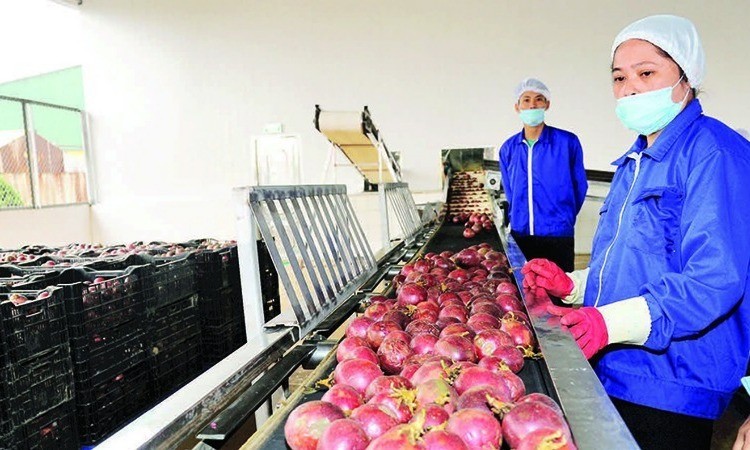
According to the Department of Crop Production and Plant Protection ( Ministry of Agriculture and Environment ), the country currently has more than 1.3 million hectares of fruit trees with an output of about 15 million tons/year. Of which, bananas cover an area of 161,000 hectares; pineapples over 52,000 hectares; coconuts nearly 202,000 hectares and passion fruit over 12,000 hectares.
Big potential, low value
According to Deputy Director of the Department of Science and Technology (Ministry of Agriculture and Environment) Nguyen Nhu Cuong, the fruit tree group is affirming its role as a driving force for agricultural growth, increasing farmers' income, and making an important contribution to export turnover.
However, so far only durian has entered the "billion-dollar export club"; passion fruit, banana, pineapple and coconut are fruits with many advantages and export potential but have not yet achieved the desired export turnover.
Specifically, in 2024, Vietnam's banana export value will reach 380 million USD, equivalent to 2.5% of the total global banana trade value (15.3 billion USD). Currently, Vietnam ranks 9th in the list of banana exporting countries in the world.
Mr. Pham Quoc Liem, Chairman of the Board of Directors and General Director of U&I Agricultural Joint Stock Company (Unifarm), said that from the total banana export turnover and the current banana acreage, this item can be valued at an average of about 2,400 USD/ha/year, a low level compared to its potential.
“We expect the Vietnamese banana industry to reach a value of up to 4 billion USD in the future, becoming the leader of the global banana industry. This goal is not easy but is completely feasible if there is the support of businesses and cooperatives in large-scale production, applying high technology and maintaining consistent product quality,” Mr. Liem affirmed.
Regarding passion fruit, Vietnam is currently in the top 10 largest producing and exporting countries in the world. About 70-80% of fresh and processed passion fruit output is exported to more than 20 countries and territories.
In 2024, passion fruit exports reached 172 million USD. In the first 5 months of 2025, passion fruit product exports earned 89.5 million USD, an increase of 14.5% over the same period in 2024.
This is also an item expected to soon join the billion-dollar export group. In particular, Vietnam's purple passion fruit variety is being strongly welcomed by the world in the form of fresh fruit thanks to its difference from the yellow passion fruit variety of South America.
Pineapple has no less potential than passion fruit, with an expected output of 807,000 tons by 2026. Vietnamese pineapple products have been exported to European countries, the US, China, Japan, Australia, etc.
According to forecasts, the global pineapple market could reach 36.8 billion USD by 2028. However, by the end of May 2025, Vietnam's largest pineapple export market was Europe with an export value of 16.56 million USD, followed by the US market with a turnover of 7.2 million USD.
Investing in seeds and technology
Deputy Minister of Agriculture and Environment Tran Thanh Nam said that the world market demand for passion fruit, pineapple, coconut and banana is increasing, and many businesses even report that there is not enough supply to meet the demand. However, to bring these products to a billion-dollar turnover, a “technological revolution” is needed, in which varieties play an important role.
If we do not proactively reorganize our industry right now, we will lose our advantage and fall behind other countries in the same geographical region. Therefore, it is necessary to promote research on new varieties, such as: disease-free passion fruit, serving the need for fresh food; bananas resistant to pests and diseases (especially Panama wilt); high-yield pineapple suitable for processing; high-yield fresh coconut for export...
“Core production areas” need to be clearly defined, with quality control and technology integration as the foundation for growing area code registration and traceability.
According to Chairman of the Board of Directors of Nafoods Joint Stock Company Nguyen Manh Hung, to facilitate businesses, there should be policies to support businesses in extracting profits to reinvest in research and technology development; specific policies for technology imports. For example, grafting passion fruit varieties, it is necessary to import varieties from many countries, then import growing media, fertilizers, tape, cutting knives, etc.
Therefore, businesses really hope to have clear regulations so that imports can take place quickly and effectively. If the policy is favorable, many businesses will be willing to participate in promoting the application of science and technology in the field of seeds.
In addition to breeding technology, fruits such as passion fruit, bananas, and pineapples are easily damaged after harvest, so appropriate preservation technology is needed.
According to Mr. Pham Anh Tuan, Director of the Institute of Agricultural Electromechanics and Post-Harvest Technology, many outstanding technologies have been successfully researched, mastered and transferred by the Institute: technology to preserve fresh fruits using film-forming agents; heat pump drying technology to help preserve the color, smell and nutrients of the product; freeze drying to maximize quality and prolong preservation time; super-fast freezing with liquid helps shorten freezing time to only 18-20 minutes, reducing electricity costs by 50% compared to IQF technology, the technology investment price is only 30% compared to imports from Japan.
Source: https://baolaocai.vn/xay-dung-chien-luoc-moi-cho-nganh-hang-trai-cay-post649162.html


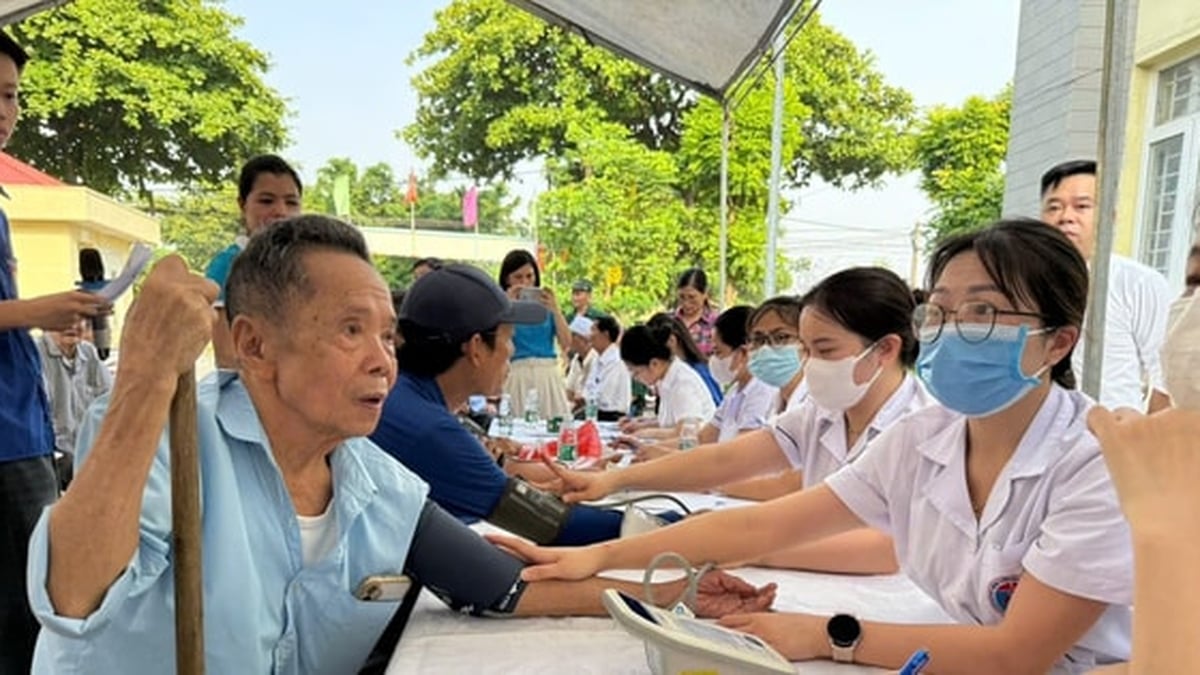
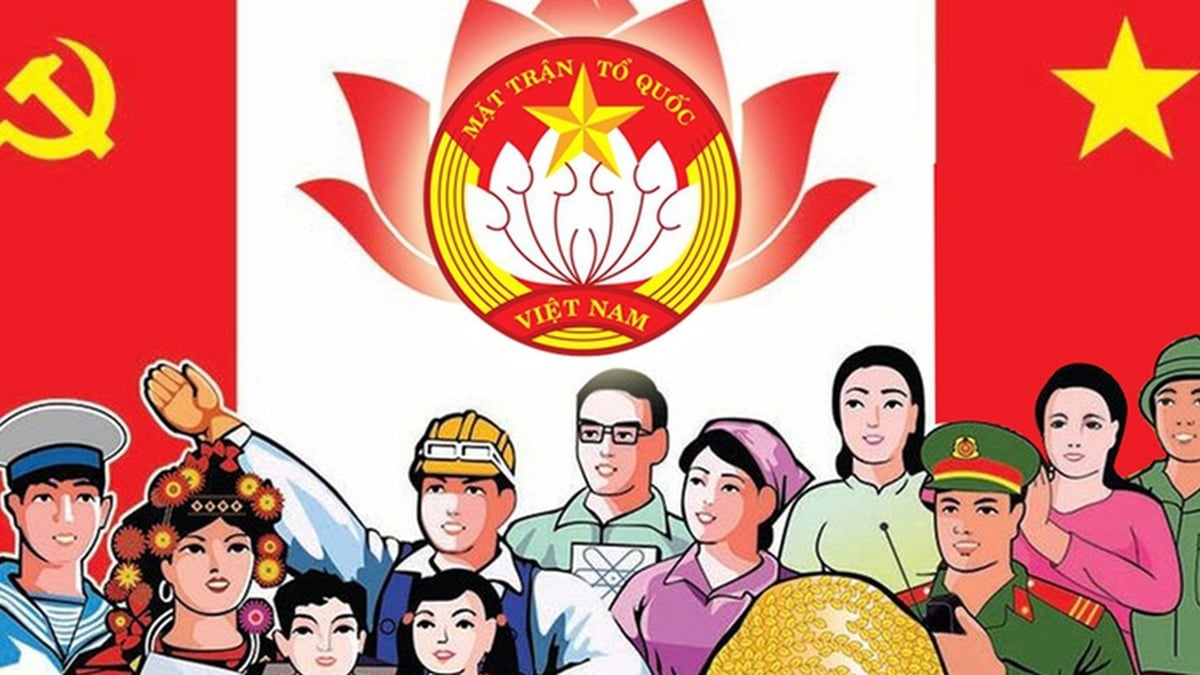
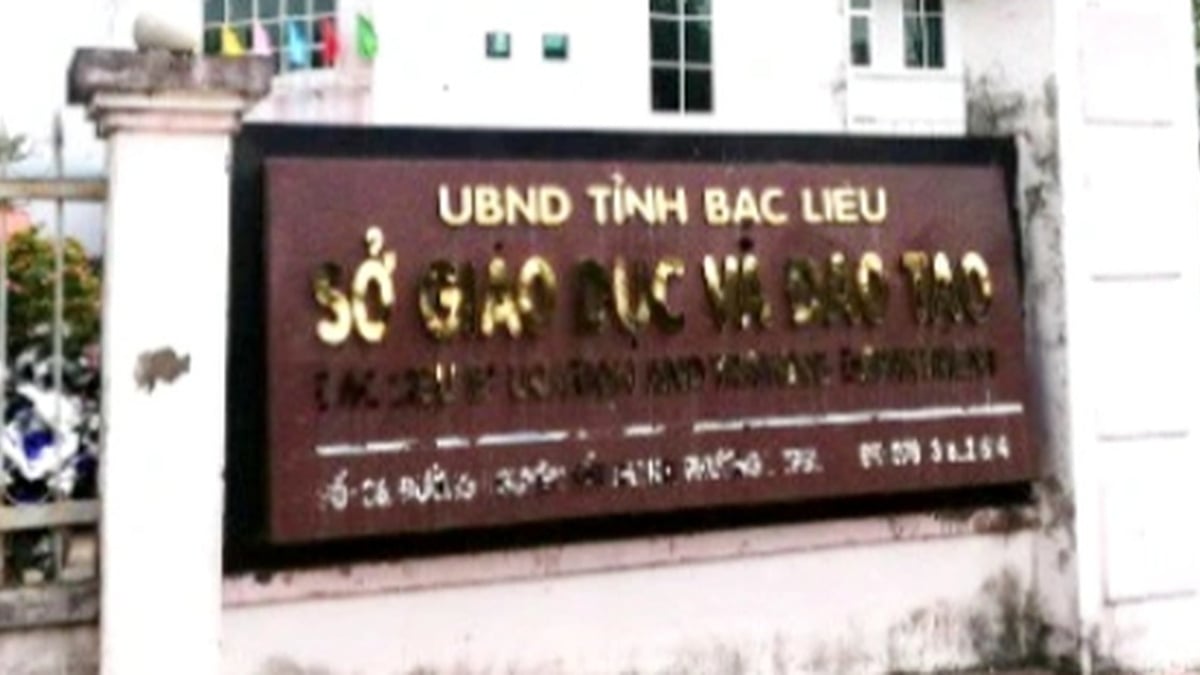
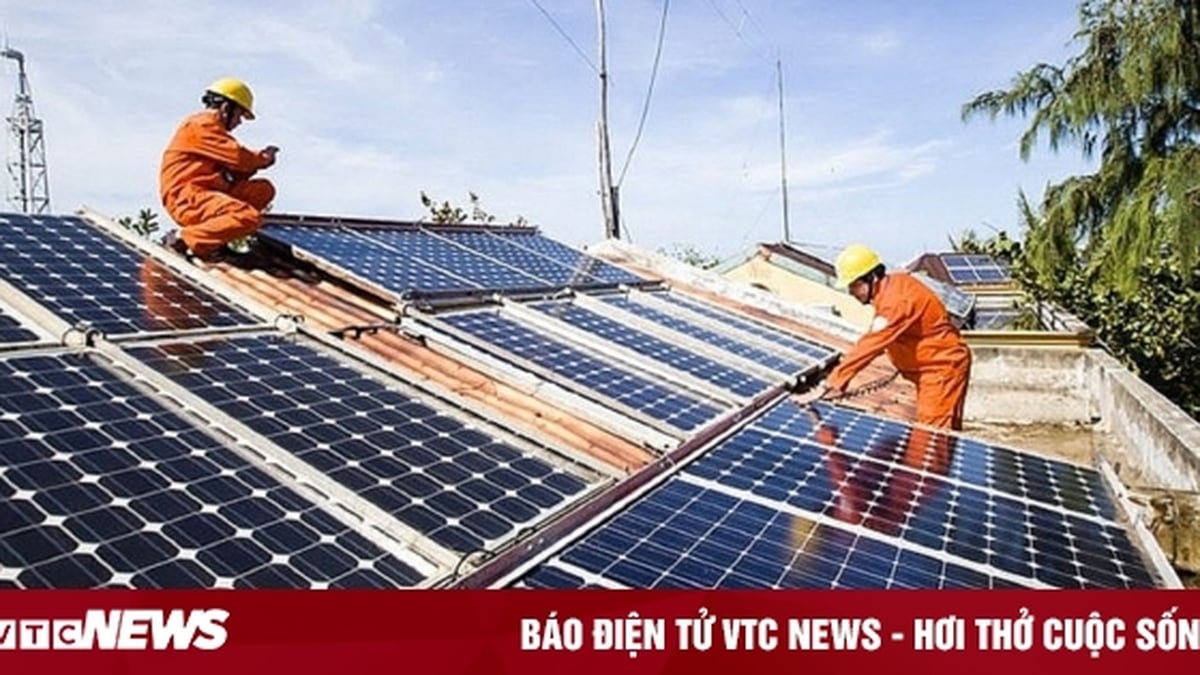
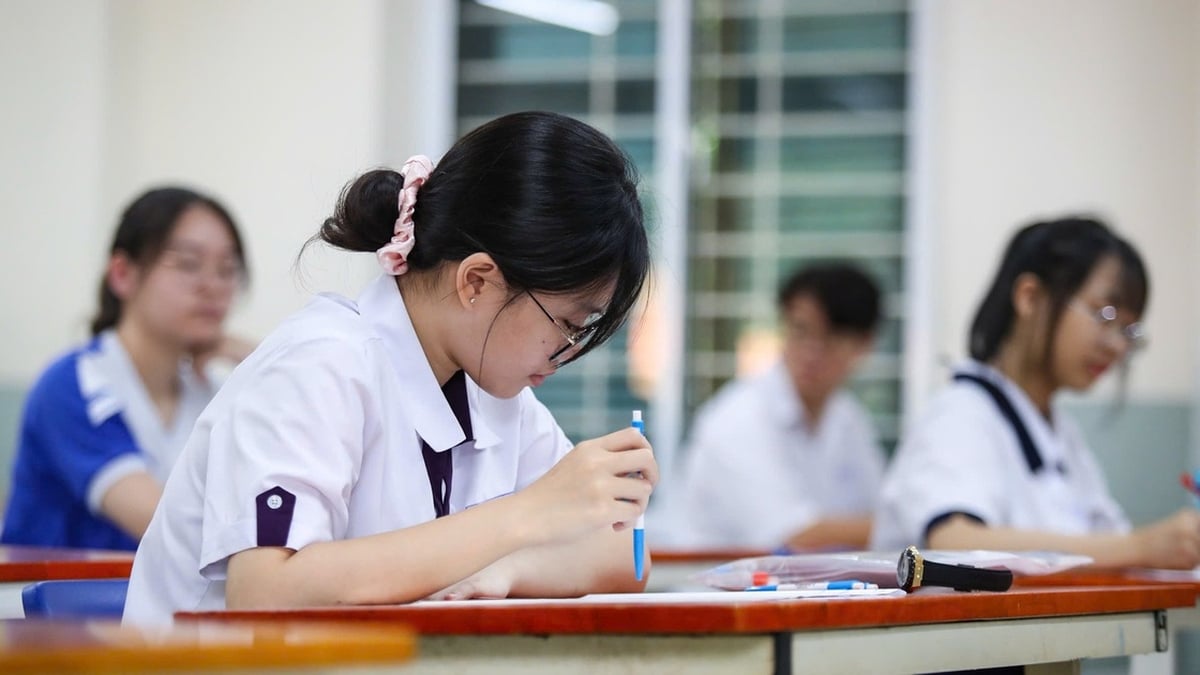

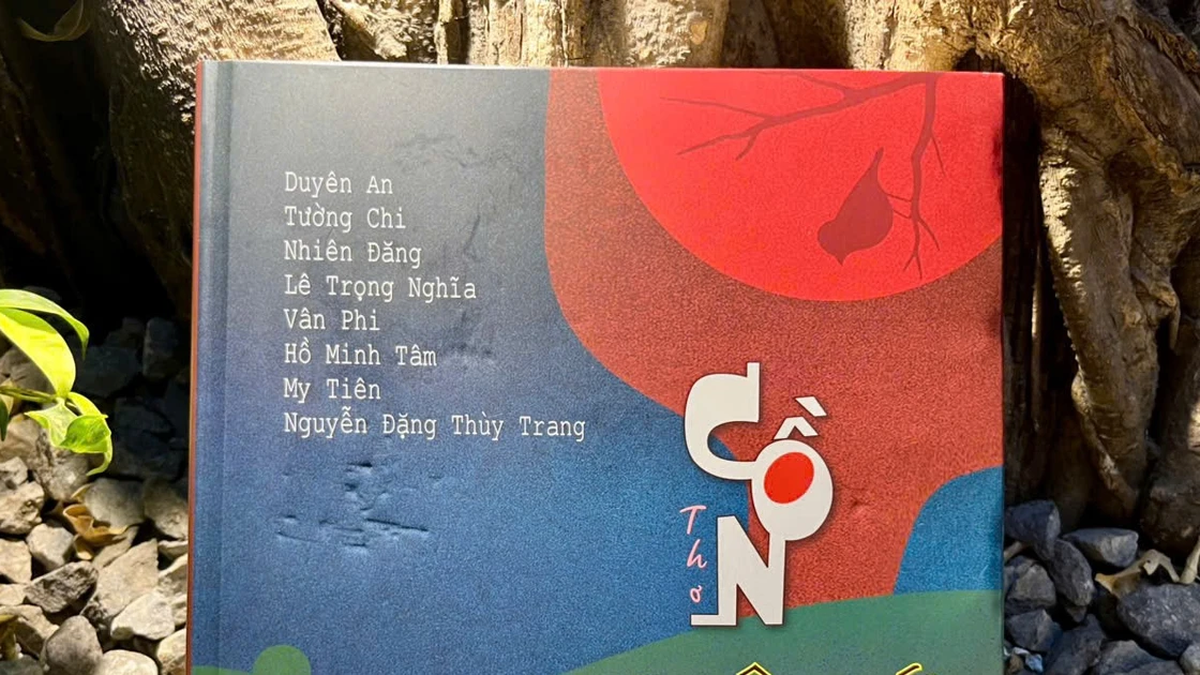
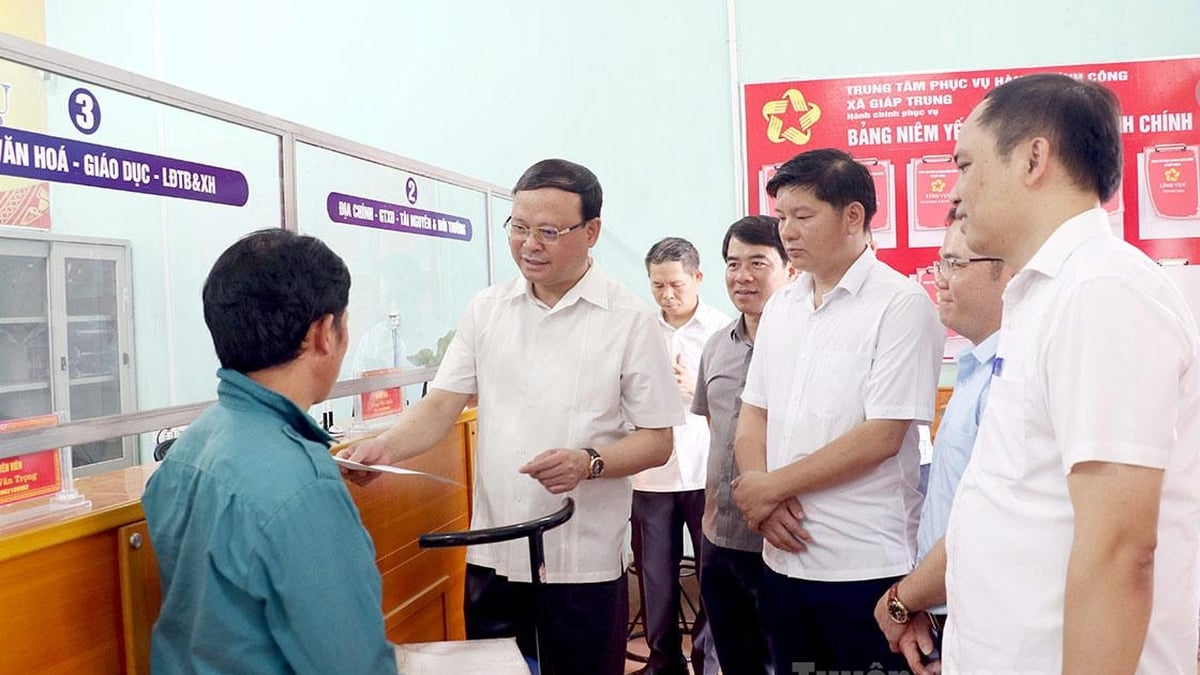
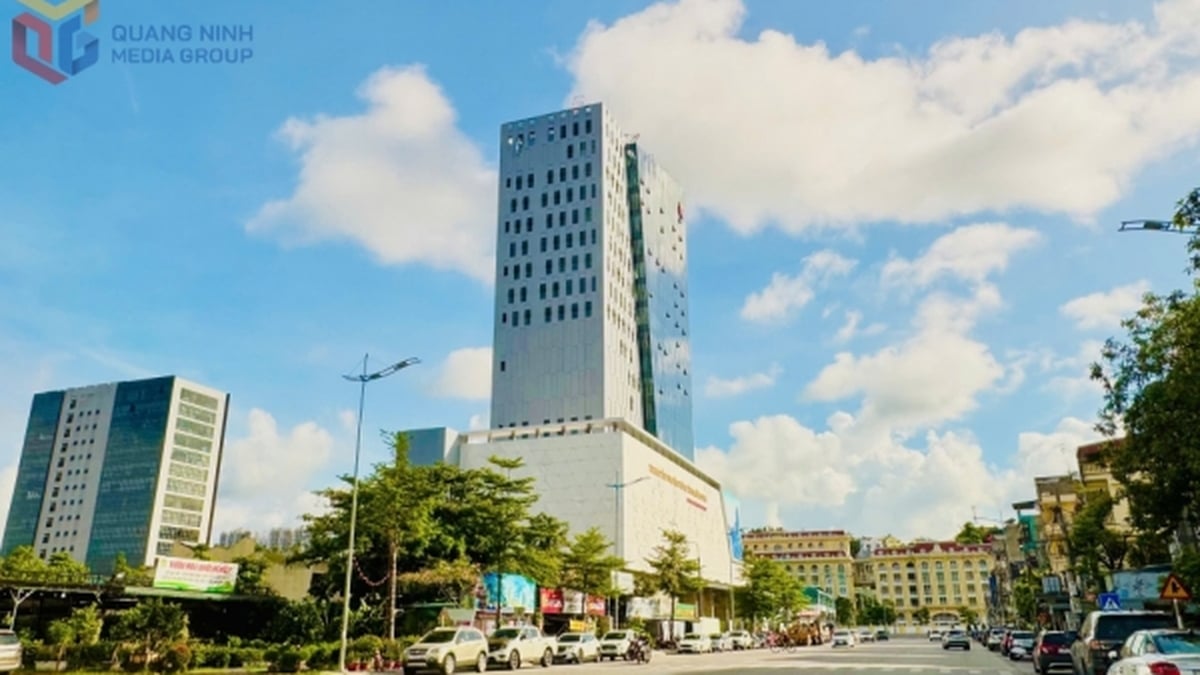
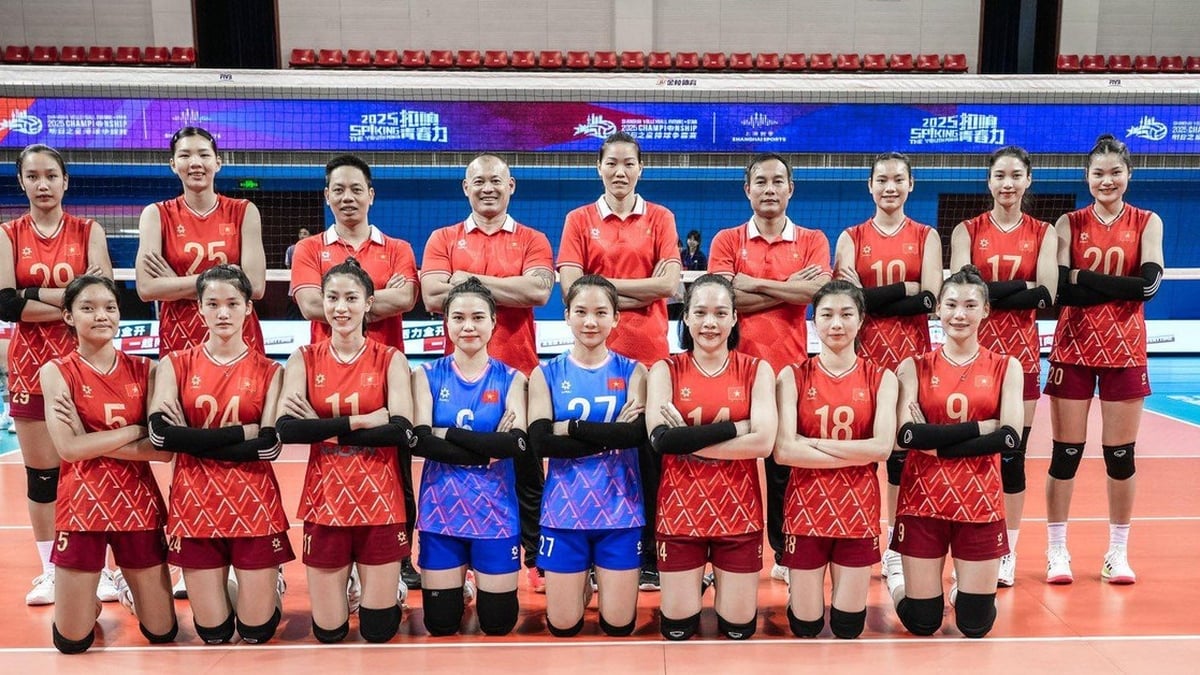























































































Comment (0)